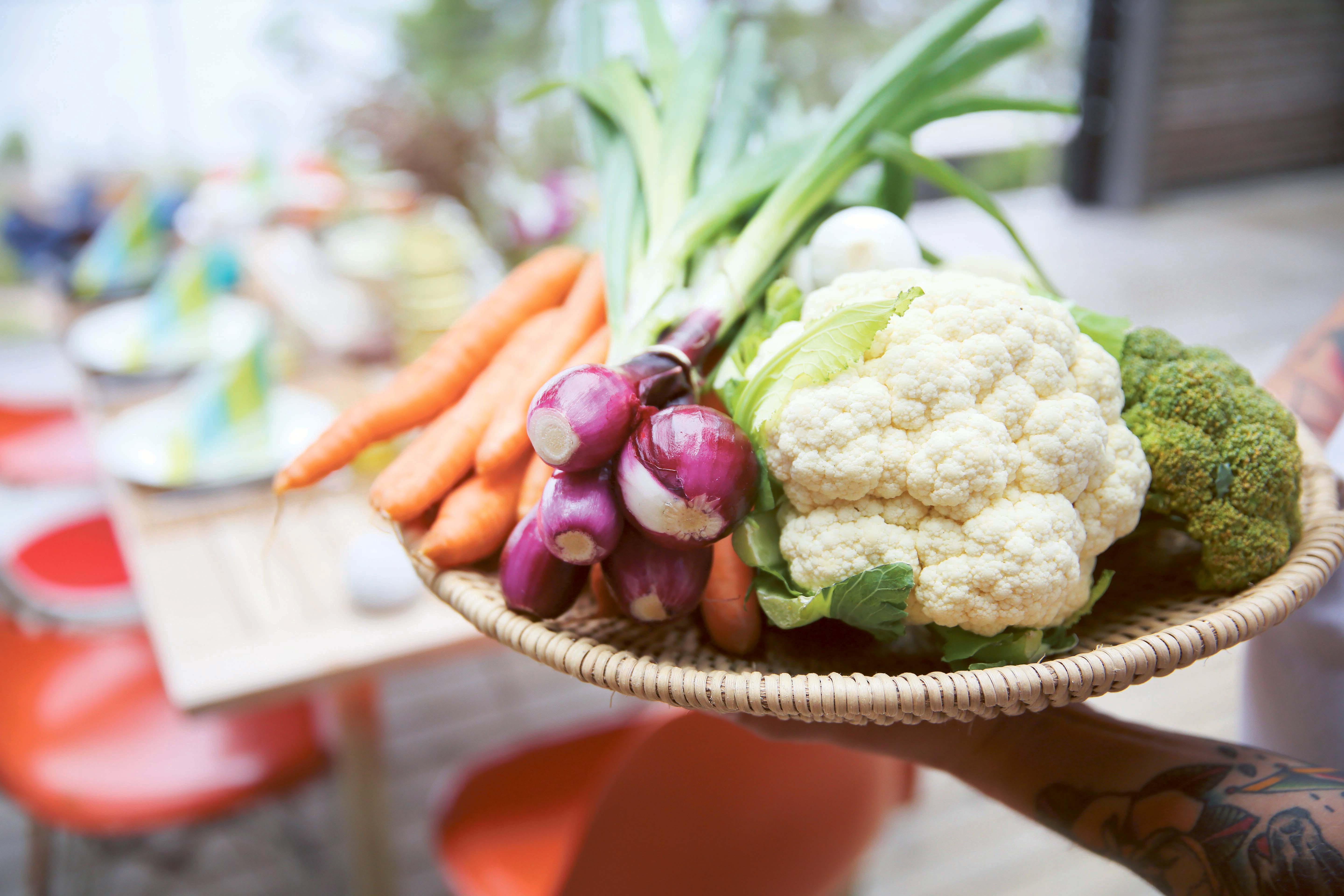Finland’s cuisine is built around fresh, natural ingredients gathered straight from the waters, fields and forests
Get to know the local ingredients and delicious dishes you simply can’t miss when visiting Finland.
Finns are known as leaders of research and innovation. But when it comes to food, they tend to favour tradition. Finnish cuisine differs from neighbouring Scandinavian countries because it has one foot on either side of its borders – Russia in the East and Sweden in the West.
Since day one, the Finnish diet has been built around surviving the harsh conditions of our northern climate. Growth seasons are dictated by the cold, meaning many local products are only available for a limited amount of time.
These days, you can buy just about anything your heart desires in Finland. But go local while you’re here, and you’ll be in for a treat! Also, if you have the chance, continue your culinary journey to some of the best restaurants in the country.
